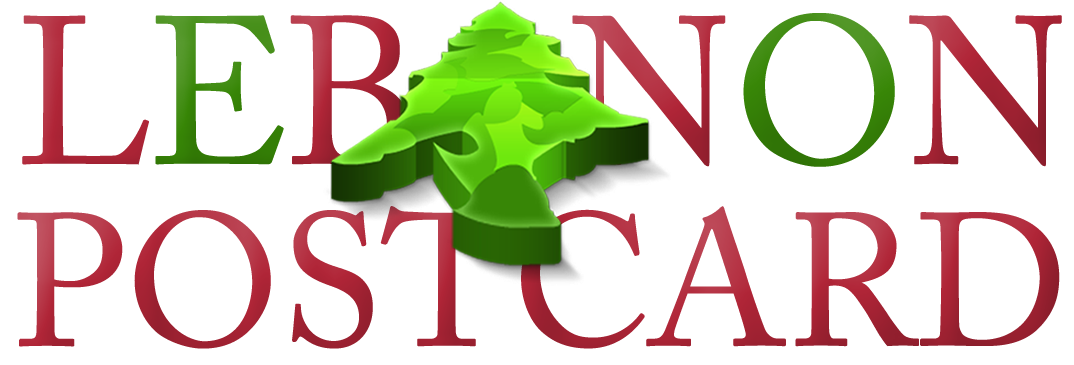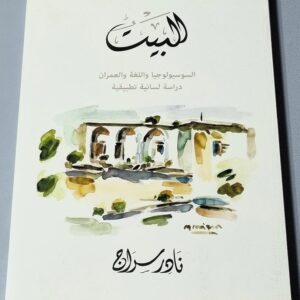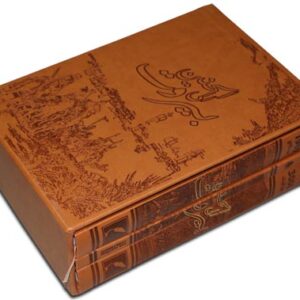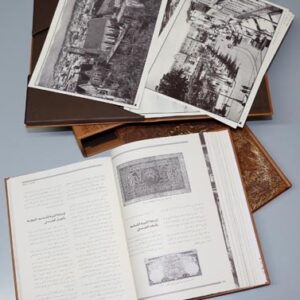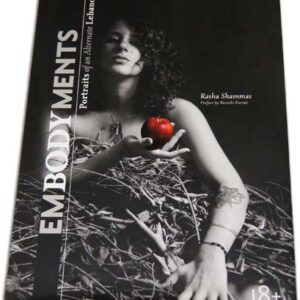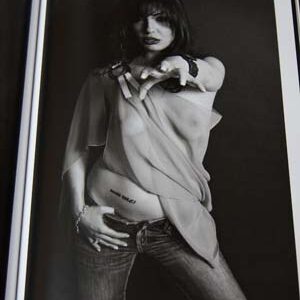Icons – Tamara Talbot Rice
$ 72.00
Icons, Introduced and Edited by Tamara Talbot Rice
Icons – Tamara Talbot Rice
$ 72.00
100% Made in Lebanon - صنع في لبنان
- Description
- Shipping & Return
Description
LebanonPostcard presents the book Icons, Introduced and Edited by Tamara Talbot Rice – Batchworth Press – London: hardcover book, 34.5×25 cm, 198 pages, text in English and German.
Extract of the Introduction:
In 1844 a son was born to one of the principal peasant families living in a quiet village in the district of Kursk in Russia. Paul Kondakov, the child’s father, was a serf, but he was also a factor to Prince Trubetskoy, to whom the village belonged. The boy was christened Nikodim, and there was nothing to distinguish his early years from those of countless other peasant boys in the neighbourhood, nothing to suggest that he was to become one of the foremost scholars of his day, an authority with a worldwide reputation. However, he was not to spend many years in his native village, for his father’s services were rewarded with the gift of personal freedom, the Kondakovs moved to Moscow, and the boy was sent to school. At the age of seventeen he was already an undergraduate at Moscow University, studying history and philosophy. Six years later he was in a position to set out on the first of the numerous journeys which, in the course of the next thirty years or so, were to take him all over European Russia, western Europe, the Balkans and the Near and Middle East, to study the art and archaeology of these lands. In 1870 he was appointed to the Chair of Fine Arts at Novorossisk University. From then onwards, apart from his many duties as a teacher, he was able to devote himself to the study of Russian and Byzantine mediaeval art and archaeology. He was quick in publishing the results of his research and each new work proved illuminating and immensely stimulating. Honours were heaped upon him. They included election to the Academy, and in 1909 he was particularly gratified at being appointed chairman of a committee formed to encourage the revival along traditional lines of the dying art of icon painting.
The outbreak of the revolution found Kondakov in the Crimea. Soon afterwards he moved to Odessa, where he completed his great work on the Russian icon, but in 1920 he decided to continue his work at Varna. It was there that, two years later, he received an invitation to settle in Prague. He was delighted by the offer, accepted it, and lived in Prague until his death in 1925, lecturing regularly on various aspects of the art of the Middle Ages in central Europe. On his eightieth birthday it was decided to celebrate the event by undertaking the publication of his work on The Russian Icon. Kondakov did not live to see the task accomplished, for the book did not appear till 1931, but the last year of his life saw the realisation of a long-cherished dream-the holding at Bucharest of the first
Congress of Byzantine Studies ever organised outside Russia. Kondakov was able to take part in the proceedings. The Congress now meets at regular intervals in various European centres of learning. Its creation proved a fitting close to a life devoted to the establishment and development of Byzantine studies.
The year after Kondakov’s death saw the appearance of Byzantion a learned journal published in western Europe to deal exclusively with Byzantine matters. The first volume was dedicated to Kondakov’s memory. Then, in 1927, the Seminarium Kondakovianum was founded in Prague in the scholar’s honour. Both tributes were well deserved, for it was largely as a result of Kondakov’s efforts and enthusiasm that Byzantine art eventually received general recognition, and that the masterpieces of this school have been reinstated to their rightful place beside those of the world’s other great schools of art.
Kondakov’s main efforts were principally directed at awakening wide interest in the marvellous religious paintings of mediaeval Russia. By devoting himself to the assiduous study of the surviving paintings he was able to trace the broad lines of their development, to distinguish the styles of the principal schools, and to arrive at an approximate dating of most of the major works which were available to him. This was an arduous and meticulous task, for all the paintings followed the traditional lines of early Christian iconography, none of the early works was signed, and few records survived to guide him in his enquiries. Even so, Kondakov almost invariably reached the correct conclusions, and although the large-scale cleaning and restoration work undertaken in the USSR since the revolution has brought to light much new information which has naturally affected some of Kondakov’s dating and added many new details to his outline, yet, taken by and large, it is astonishing how few of the fundamental views or attributions expressed in his truly monumental works need amending.
In Russia, interested in both Byzantine and religious Russian art became fairly widespread as early as the … …
LebanonPostcard will be responsible for sending the book you order, through a fast courier with a tracking number, guaranteeing reception of the package. The souvenirs may take three to five days to arrive, according to the country they are sent to.
a. View or Modify What is in Your Shopping Cart.
When in the Shopping Cart area of the site you can view or modify what is in your shopping cart at any time by clicking on the Add More Items/Refresh Totals button along the bottom of your screen.
b. Checking Out and pay for your purchases online.
When you have finished viewing and wish to end your shopping and pay for the items you have selected, click on the Pay & Finish button at the bottom of your screen.
You will be led through a series of secure ordering procedures and will be asked to fill in personal, shipping and payment option information. When this is completed, you will press the Submit Secure Checkout button and your order will be transmitted to LebanonPostcard for fulfillment.
Absolutely not! Right up until the point why you are asked to review the order information you have given us and if it is correct to click on the final Submit Secure Order button, you can abort the order.
If you don't press the Submit Secure Order button then no order information is transmitted to us.
a. Payment by Credit Card
We accept American Express, MasterCard, Visa, Discover, PayPal... etc... for online payments through 2CheckOut.com. Also, arrangements can be made for bank draft and certified check payments by regular post.
b. Payment by Bank Draft and Certified Check
If you would prefer to pay for your purchases by mail, then you have to contact us first so we can give you our account information.
c. We accept as well payment through WesternUnion, RIA, OMT, BOB Finance, Whish Money.
All prices include shipping and handling. LebanonPostcard will be responsible for sending the packages you order, at your charge, through the service D.H.L. / E.M.S. with tracking number code guaranteeing reception of the package.
We ship as soon as possible, but within maximum 4 days after the order is received.
Credit cards are not charged until we actually ship the items. The items may take between one and six days to arrive, according to the country they are sent to.
Packages are sent with track code to guarantee reception, and delay is rare. In the event of non-delivery or delay, nothing can be done for 7 days. At the end of this period, on our being informed, a demand will be made for the package to be traced. If 14 days after the first dispatch there is still no delivery, a second package will be sent free.
Packages inside Lebanon are sent registered through LibanPost to guarantee reception, and delay or non-delivery is rare. In the event of non-delivery, nothing can be done for 6 days. At the end of this period, on our being informed, a demand will be made to LibanPost for the package to be traced. If 12 days after the first dispatch there is still no delivery, a second package will be sent free.
We ship anywhere in the world. Zones and countries we ship to
Yes. You can cancel you order when you receive an email from us confirming your order, you can reply by canceling it.
